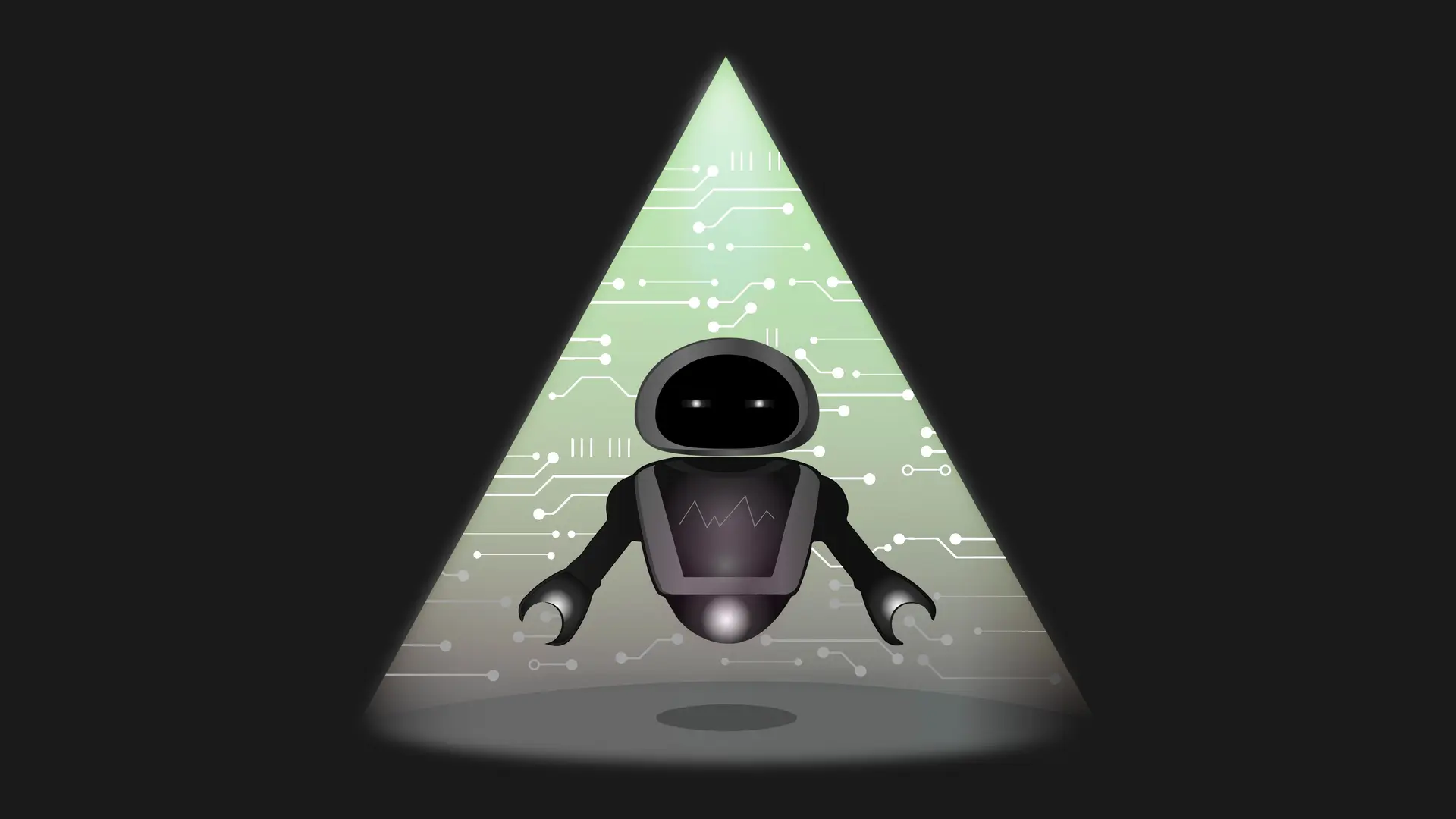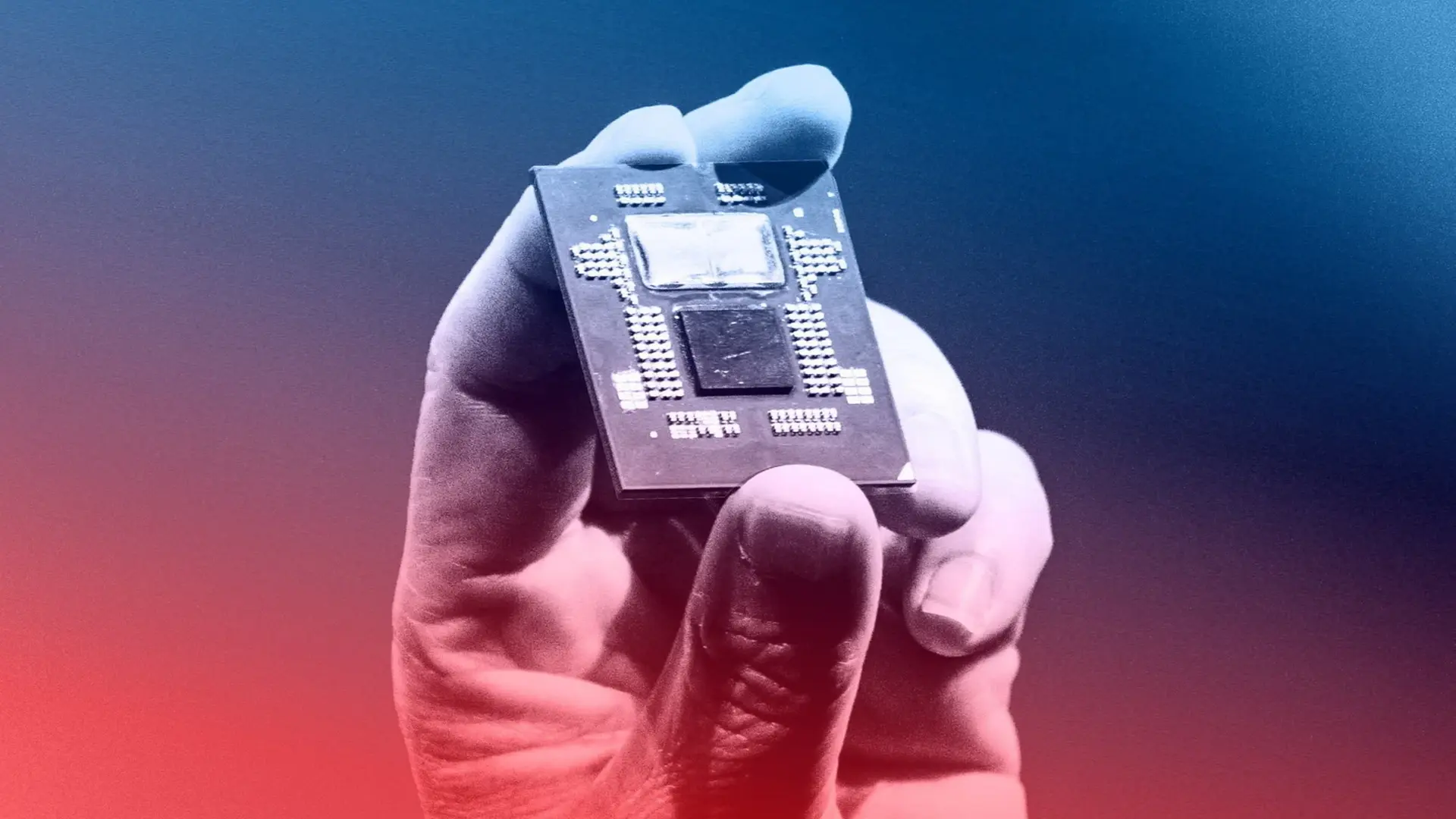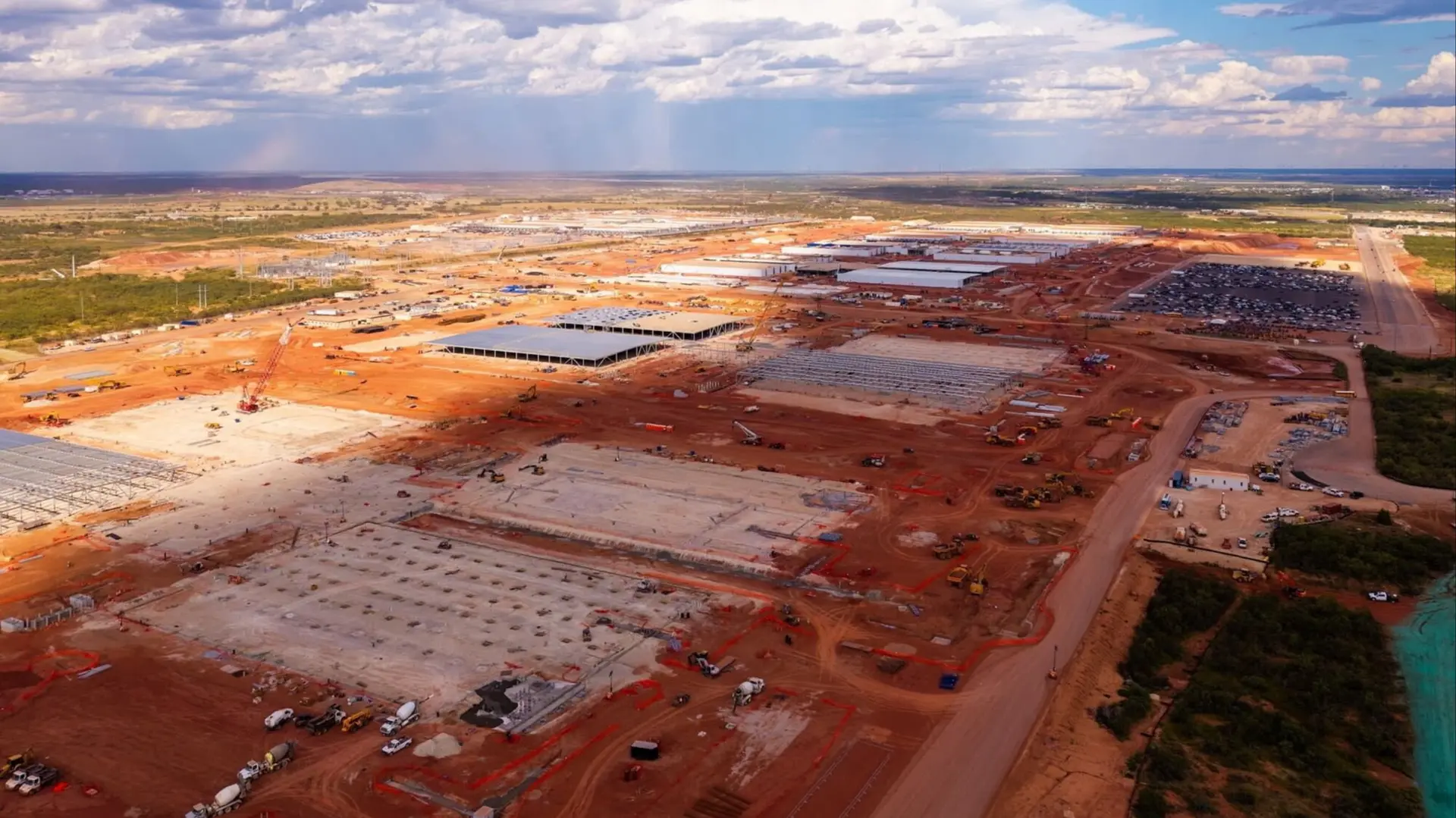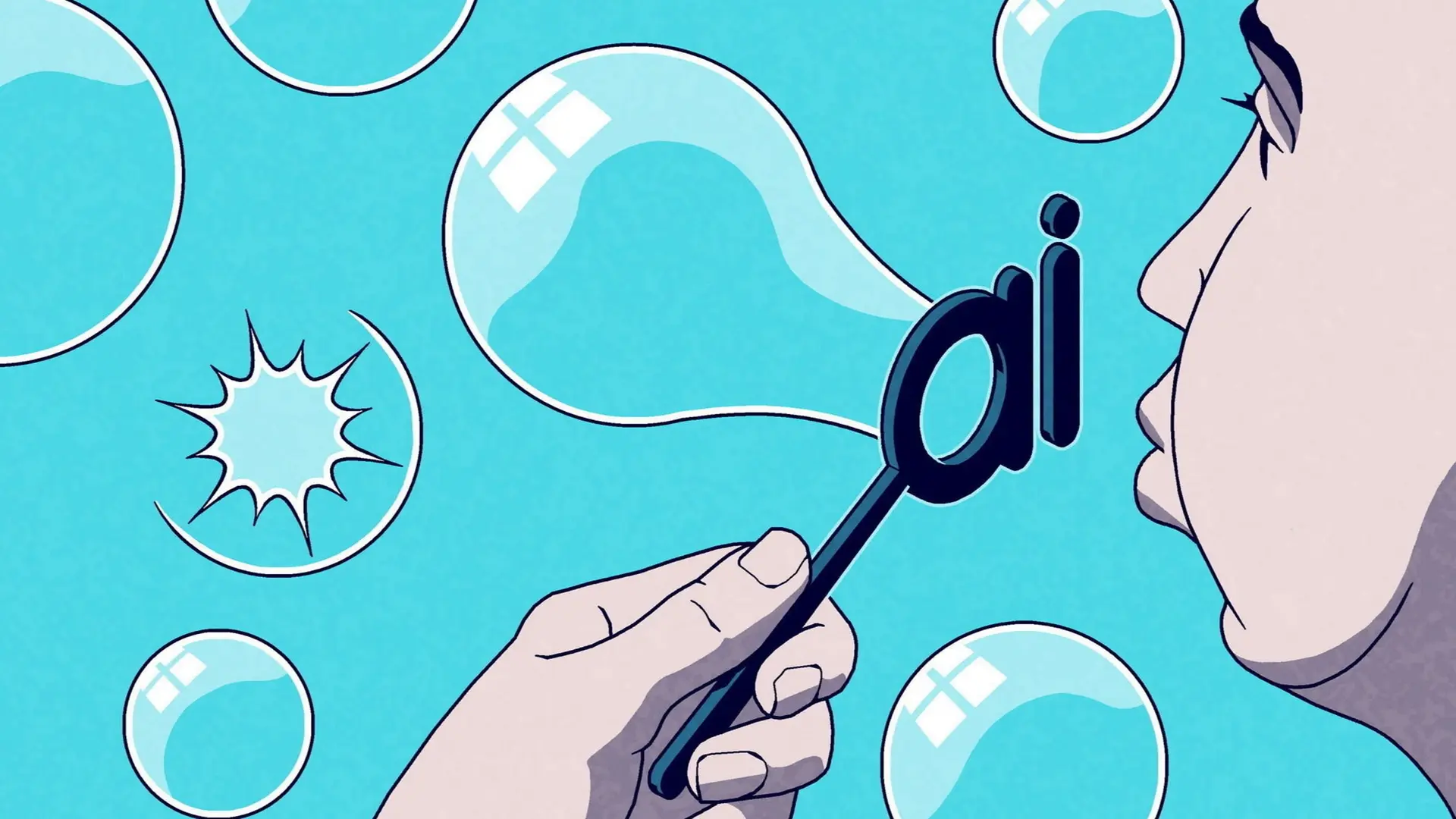The current artificial intelligence boom shares similarities with the internet surge of the 1990s, marked by rapid growth and transformative potential. AI adoption is transforming business operations through machine learning, natural language processing and automation. Investment in information processing equipment and software has seen a 14% year-over-year increase, reminiscent of the dot-com era.
Nokia's CEO Justin Hotard sees the AI boom as a long-term 'supercycle' that will redefine global tech infrastructure, although some analysts warn of a potential bubble. Concerns exist around inflated valuations and the sustainability of AI growth, drawing parallels to the dot-com crash. Unlike the 1990s, AI growth is supported by industrial adoption and real-world applications across various sectors.
Leading tech companies are making significant investments in computer chips, data centres and energy infrastructure to support AI models. This spending has boosted the stock market, with the S&P 500 technology sector outperforming the broader index. The rapid expansion of AI necessitates next-generation networking tools to optimise data traffic and energy efficiency.
Related Articles

AI's Cargo Cult Phenomenon
Read more about AI's Cargo Cult Phenomenon →
GPU Pricing Signals AI Health
Read more about GPU Pricing Signals AI Health →
AI, Geopolitics, and Trade
Read more about AI, Geopolitics, and Trade →
AI Capex Boom Approaching Endgame
Read more about AI Capex Boom Approaching Endgame →
